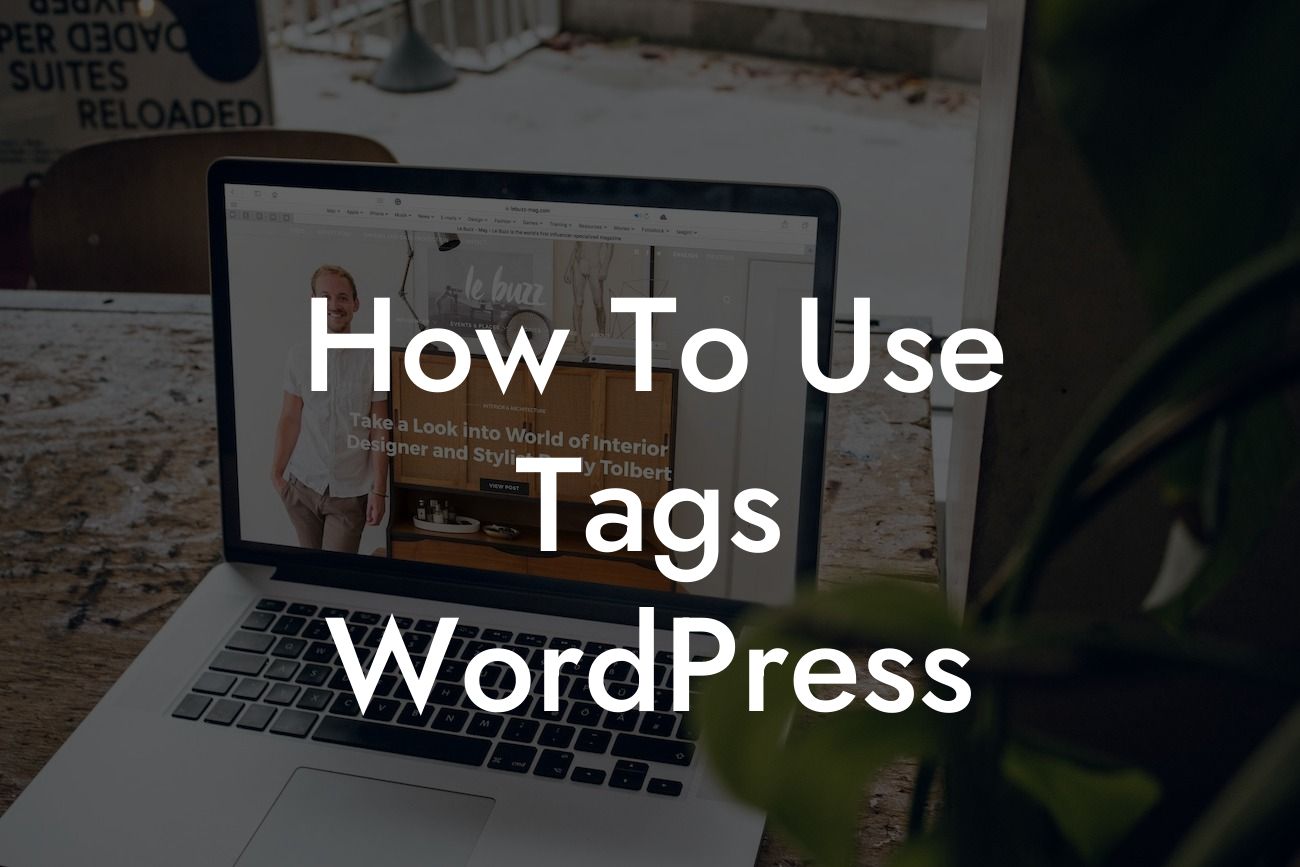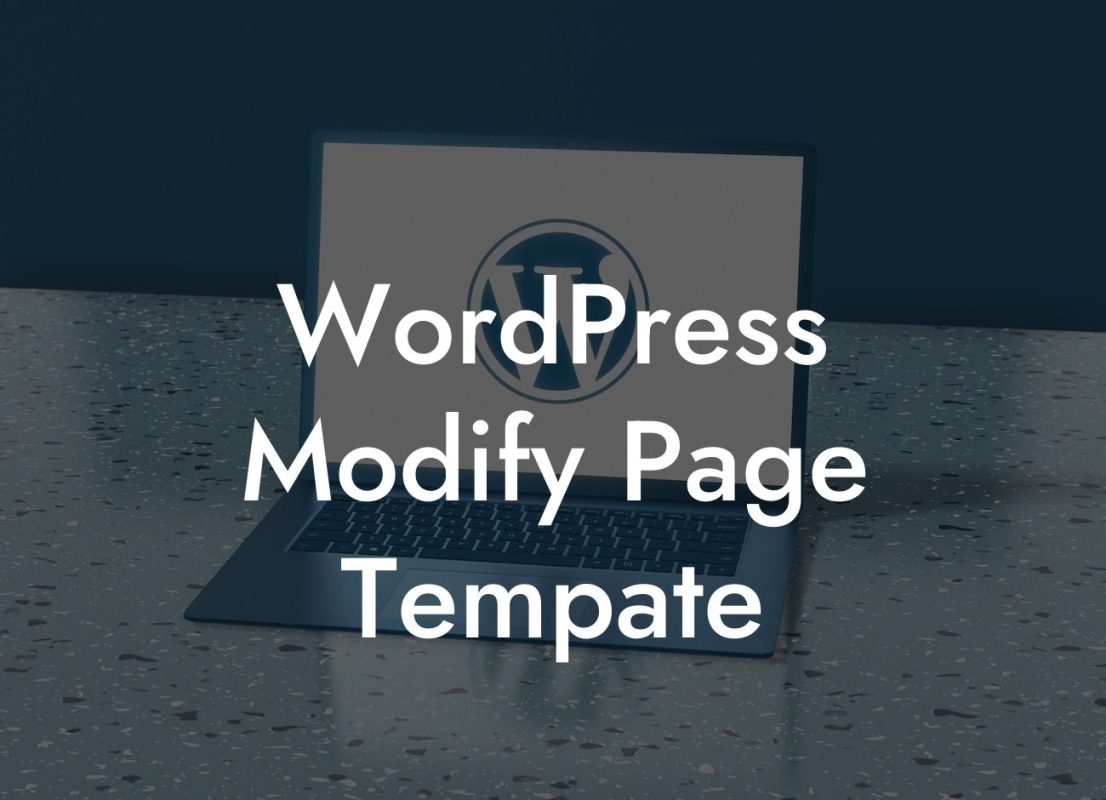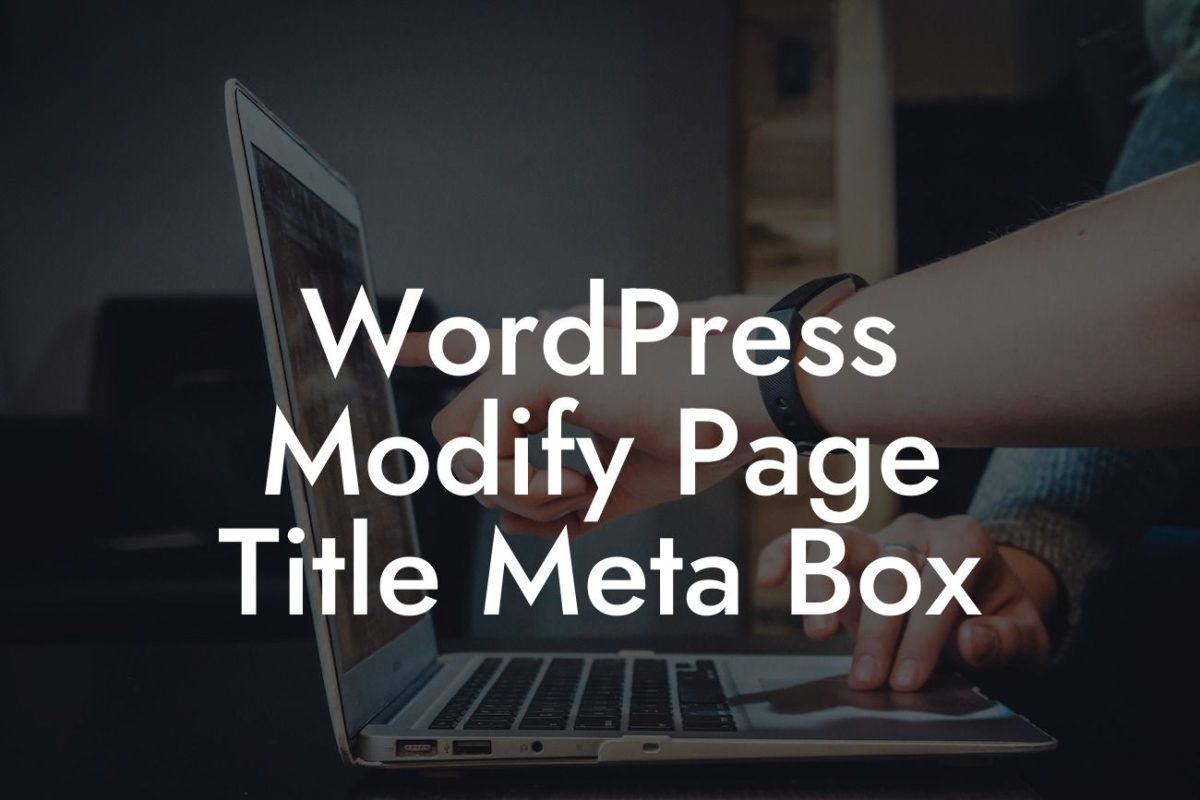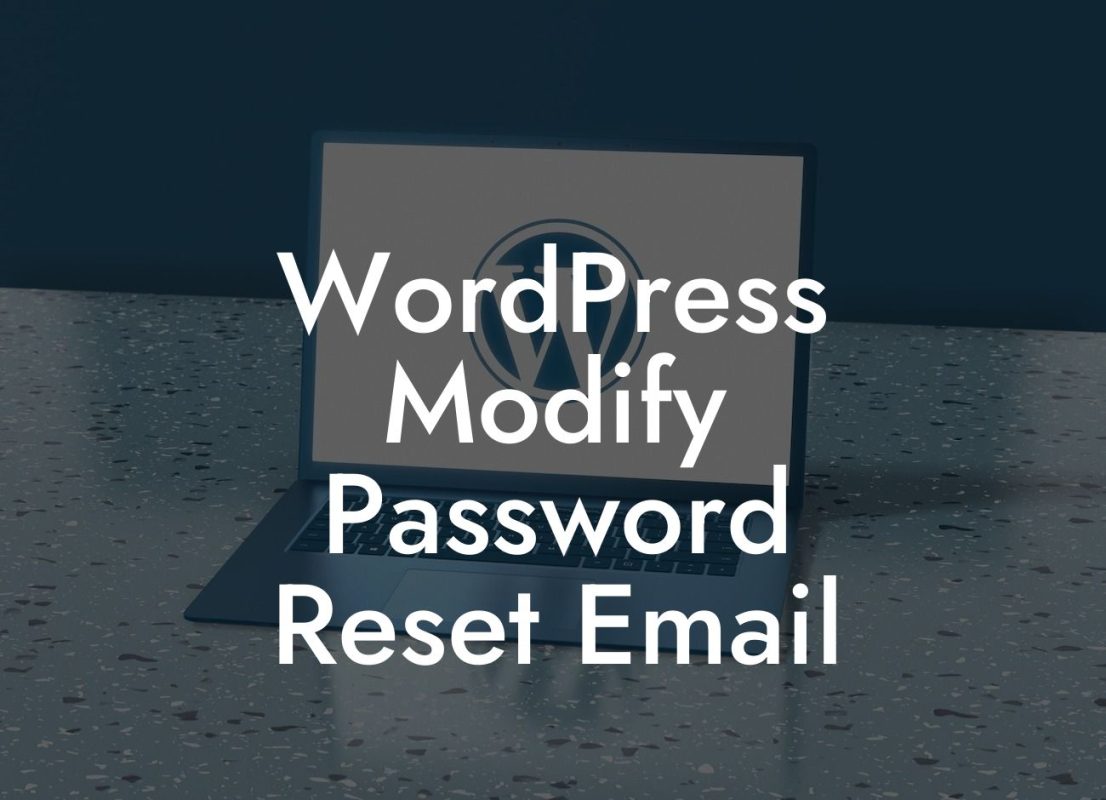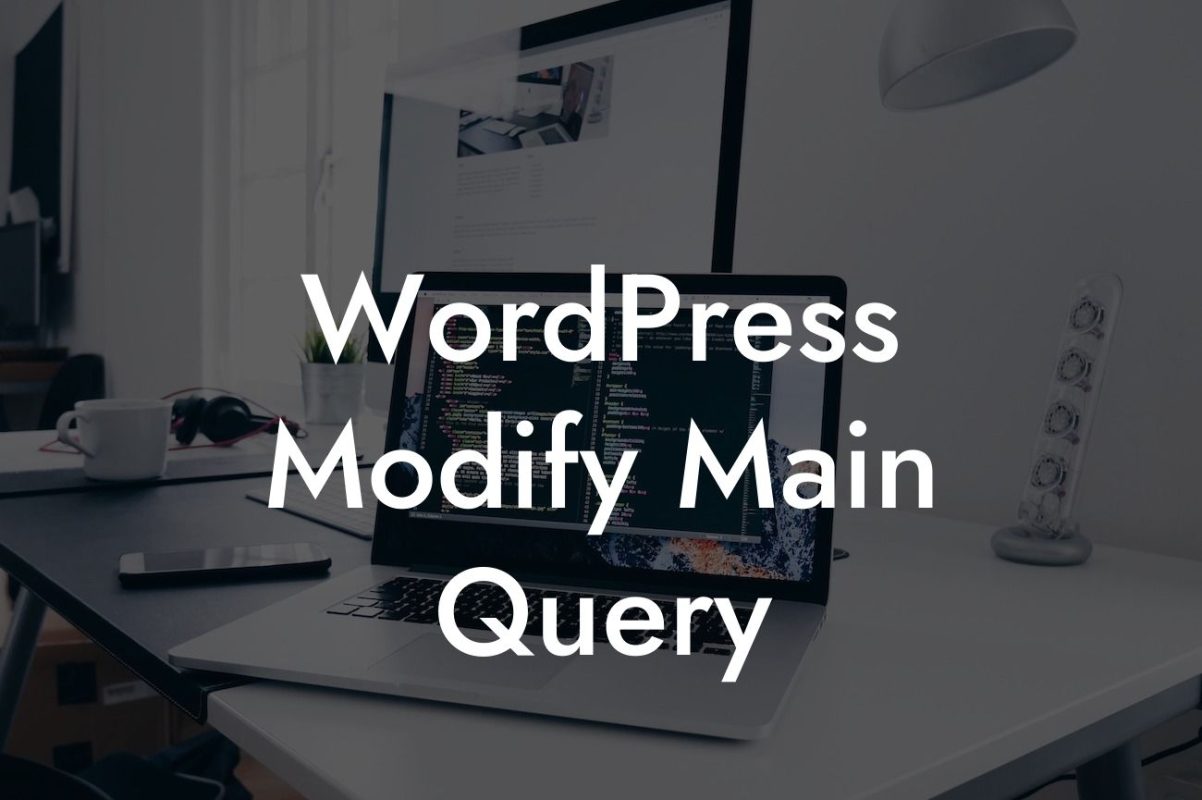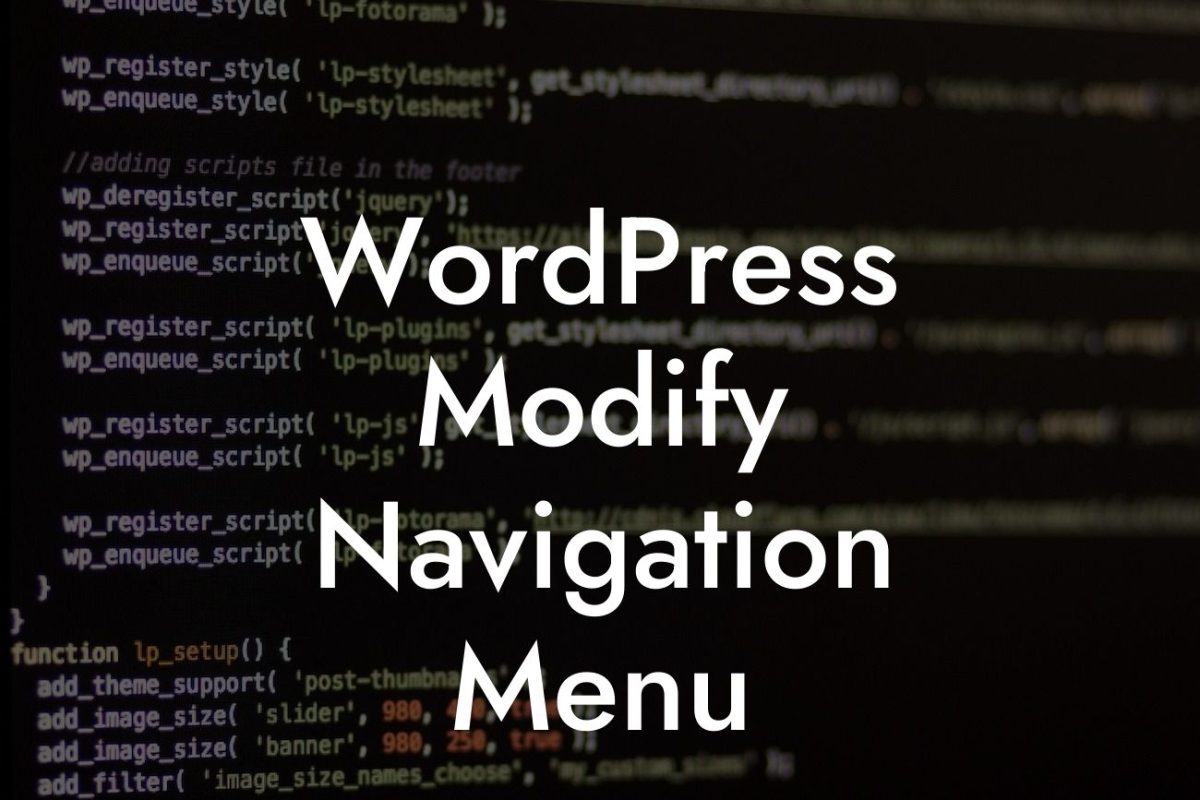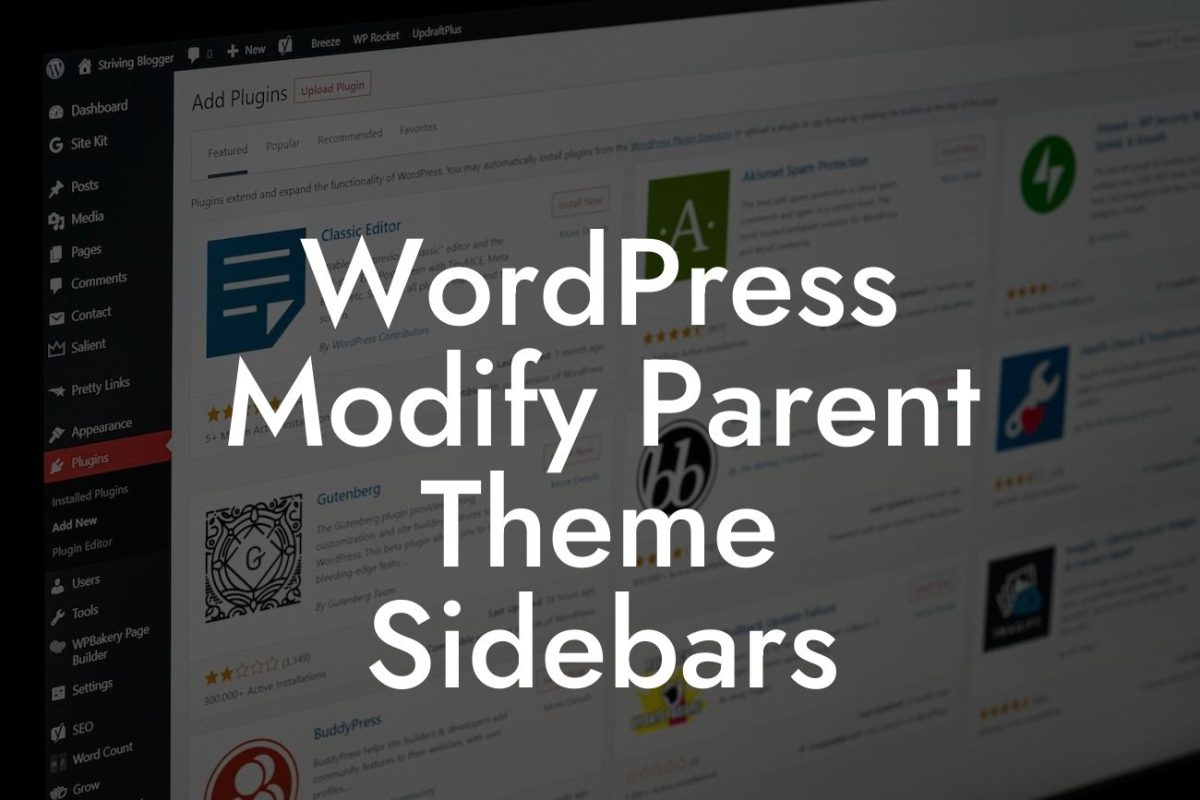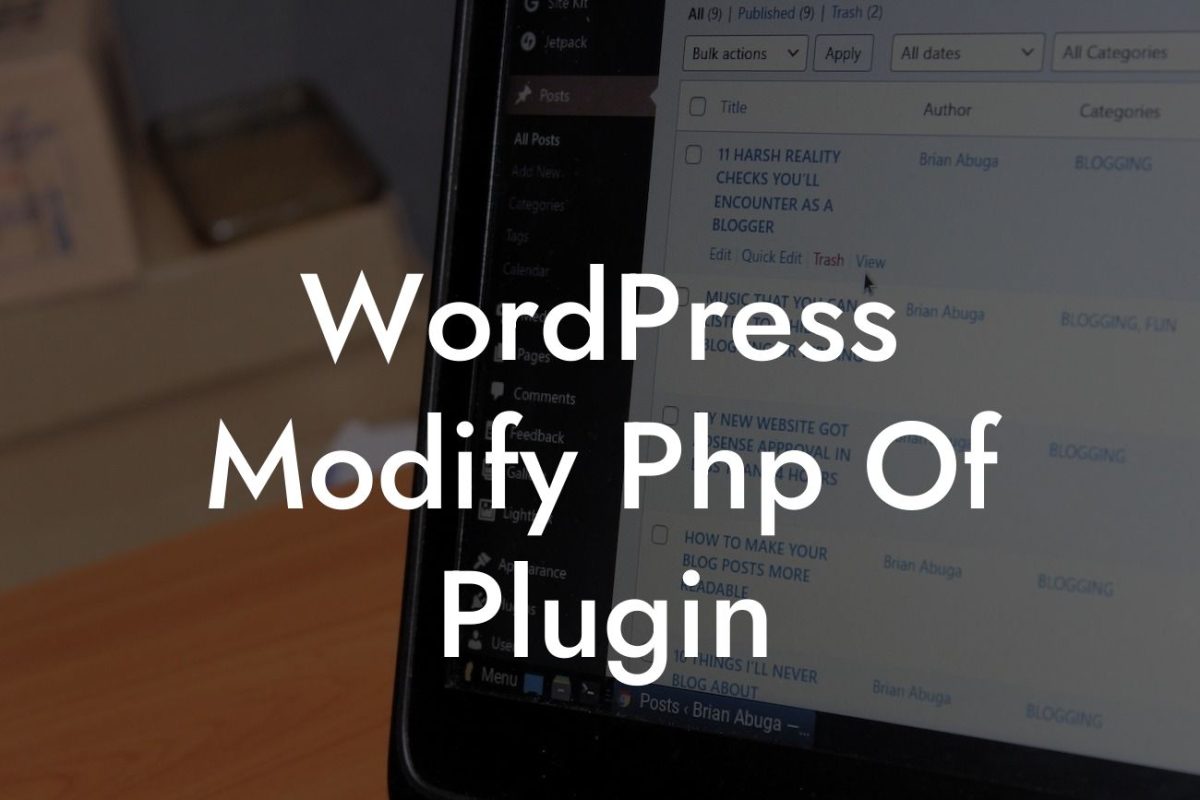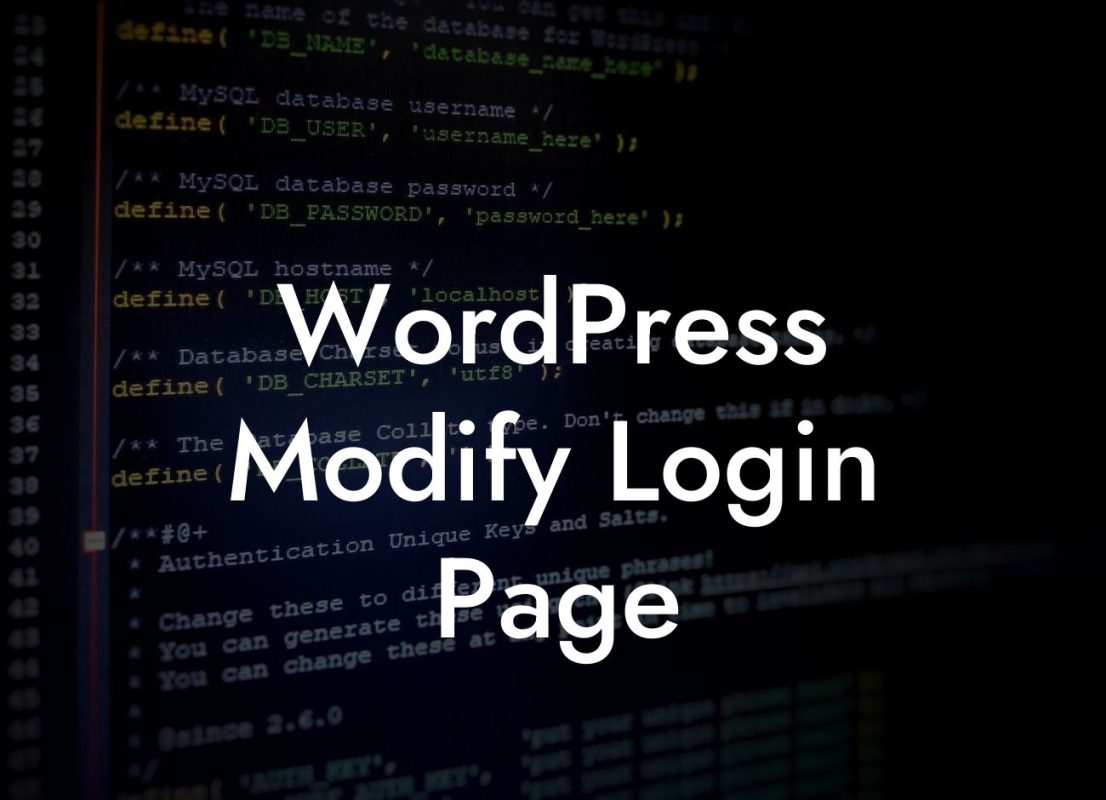Tags are an essential element in WordPress that can significantly enhance the organization and visibility of your website. When used correctly, tags can improve the user experience, increase search engine optimization (SEO) efforts, and make it easier for visitors to navigate through your content. In this guide, we will dive deep into the world of WordPress tags and provide you with valuable insights on how to make the most out of them.
Engaging your audience and making it easy for them to find the content they're looking for is crucial for the success of any website. With tags, you have the ability to categorize your posts and group them together based on common topics or keywords. This helps create a more organized and user-friendly browsing experience for your visitors.
To begin using tags in WordPress, navigate to the post editor screen and locate the tags box on the right-hand side. Simply enter relevant keywords or phrases that describe your content and separate them with commas. Make sure to choose tags that accurately represent the main topics or subjects covered in your post.
Using heading tags (H2, H3) in your blog posts can greatly benefit your SEO efforts. By utilizing headings to structure your content, search engines can easily identify the main points and themes of your article. This not only helps with ranking in search results but also improves readability for your audience.
In addition to headings, incorporating bullet point lists and ordered lists in your content can make it more scannable and digestible. Break down complex information into easy-to-read sections, making it more appealing to both readers and search engines. Remember to prioritize using relevant tags in these sections to further enhance your SEO.
Looking For a Custom QuickBook Integration?
How To Use Tags Wordpress Example:
Suppose you run a travel blog and want to organize your posts based on destinations. You can create custom tags for each location, such as "Europe," "Asia," or "North America." Additionally, you can use tags like "beach," "mountains," or "city sights" to further categorize your content. This way, visitors interested in exploring specific regions or types of attractions can easily find all the related posts with just a click.
Now that you understand the importance and benefits of using tags in WordPress, it's time to put this knowledge into action. Explore DamnWoo's collection of awesome WordPress plugins specifically designed for small businesses and entrepreneurs. With our plugins, you can take your online presence to new heights and supercharge your success. Don't forget to share this article with others who might find it useful and check out our other helpful guides on DamnWoo. Start organizing and optimizing your website with tags today!

